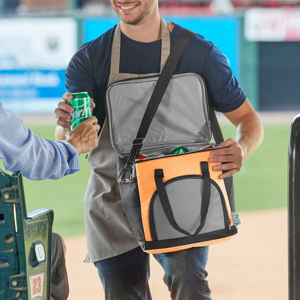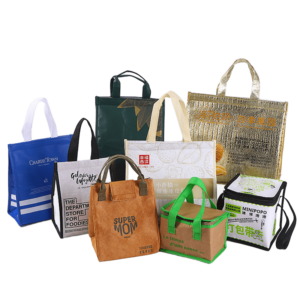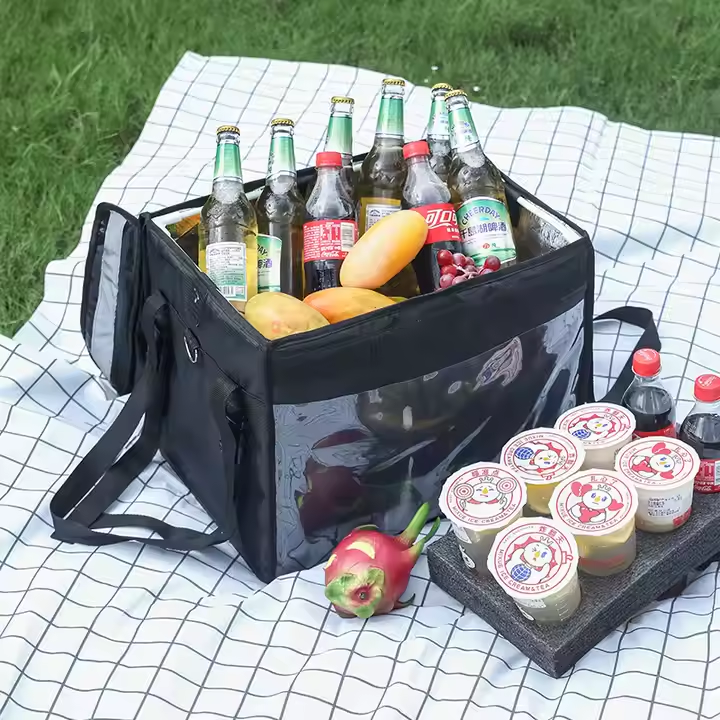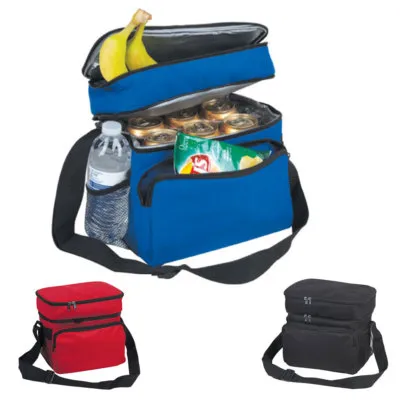In 2025, businesses and consumers alike are turning to sustainable alternatives, and canvas bag materials are no exception. This list identifies the top five eco-friendly materials for canvas bags based on durability, environmental impact, and market popularity.
Top 5 Sustainable Canvas Bag Materials in 2025
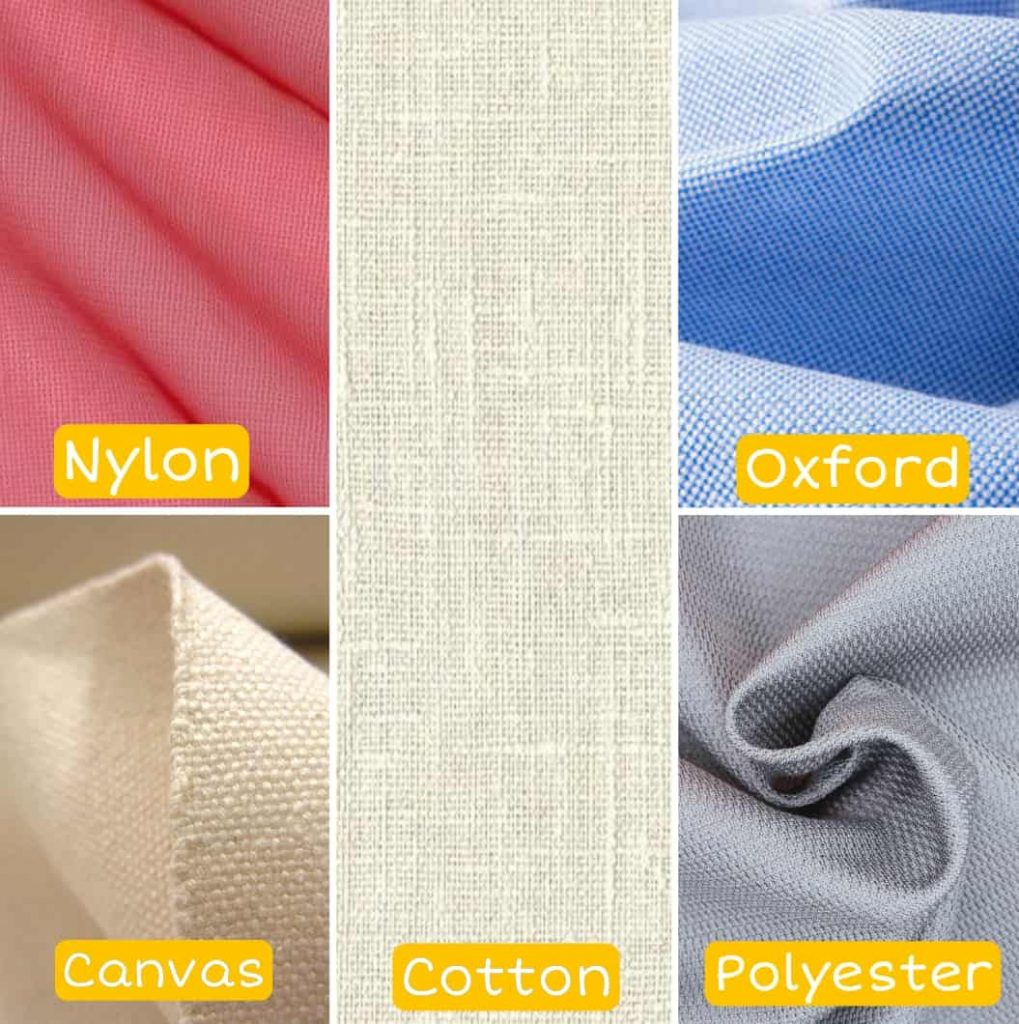
The most sustainable canvas bag materials in 2025 include organic cotton1, recycled canvas2, jute, RPET, and juco, all offering eco-friendly properties and broad market appeal.
Explore how these top materials support environmental goals while offering the strength and style needed for today’s canvas bag market.
Organic Cotton

Organic cotton leads the sustainability trend in canvas bags. It is cultivated without synthetic pesticides or fertilizers and often carries GOTS certification, verifying its ecological and social criteria.
Why Organic Cotton Is a Top Choice
Organic cotton is one of the most recognized sustainable fibers in the world. In 2025, its popularity grows due to its complete biodegradability and its softness, which makes it ideal for stylish and comfortable canvas bags.
Benefits and Sustainability
| Feature | Details |
|---|---|
| Biodegradability | 100% biodegradable, compostable |
| Certification | GOTS-certified for environmental compliance |
| Chemical Use | No synthetic pesticides or fertilizers |
| Water Usage | Lower than conventional cotton |
| Consumer Appeal | Perceived as healthier and more ethical |
Organic cotton's widespread acceptance and trusted certifications make it suitable for B2B orders where environmental compliance matters. However, it still faces scrutiny over water usage, especially in drought-prone areas.
Recycled Canvas
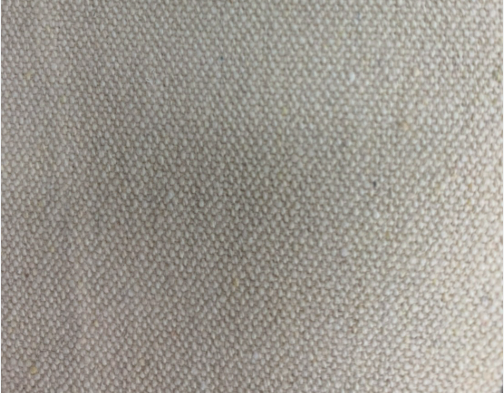
Recycled canvas is a blend of reclaimed textile fibers that mimics traditional canvas's durability while offering a lower environmental footprint.
Rethinking Waste with Recycled Canvas
Recycled canvas supports circular production systems. It takes used fabrics—like offcuts and returned garments—and reprocesses them into sturdy material. This helps brands reduce dependency on virgin resources.
Key Benefits and Trade-offs
| Feature | Details |
|---|---|
| Resource Efficiency | Diverts waste from landfills |
| Strength | Comparable to traditional canvas |
| Appearance | Slightly varied due to recycled content |
| Brand Messaging | Aligns with sustainability narratives |
Recycled canvas is especially favored by brands focused on circular economy strategies. One challenge is consistency in color and texture, but many buyers now value these unique characteristics as signs of authenticity.
Jute
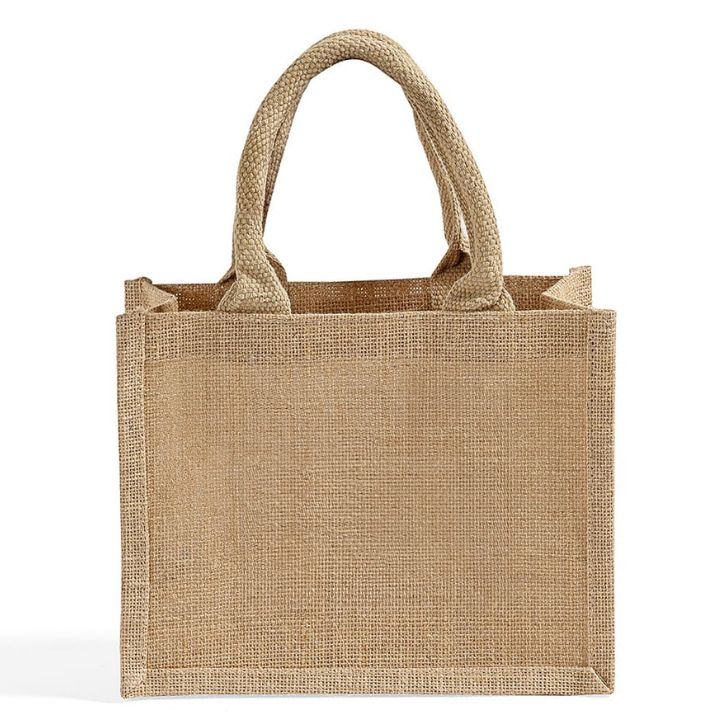
Jute is a plant-based fiber with a naturally rough texture. Its production is fast and water-efficient, making it one of the greenest options available.
Natural Texture Meets Functionality
Jute grows quickly and thrives in rain-fed regions, eliminating the need for intensive irrigation. This fiber requires very little chemical input, and its coarse feel appeals to those wanting a rustic, natural aesthetic.
Environmental Profile of Jute
| Feature | Details |
|---|---|
| Water Use | Minimal, rain-fed only |
| Pesticides Required | Very low |
| Compostability | Fully compostable |
| Look and Feel | Rustic, textured finish |
Jute may not suit every premium application due to its texture, but its low-cost and ultra-sustainable reputation make it a favorite for high-volume promotional bags and bulk supermarket orders.
RPET (Recycled PET)3
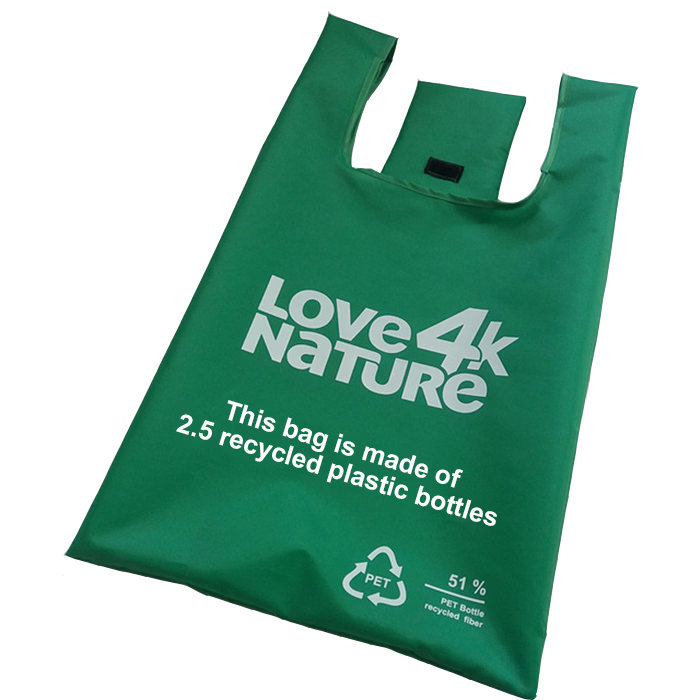
RPET is made from recycled plastic bottles. It transforms post-consumer waste into durable, weather-resistant materials suitable for reusable canvas-style bags.
Turning Plastic into Purpose
RPET’s strength lies in its ability to reuse one of the most harmful pollutants—plastic bottles. When spun into fabric, it becomes lightweight, moisture-resistant, and very strong.
RPET's Dual Role in Functionality and Sustainability
| Feature | Details |
|---|---|
| Plastic Waste Impact | Diverts bottles from oceans and landfills |
| Weather Resistance | High, suitable for outdoor use |
| Weight | Lighter than traditional cotton canvas |
| Durability | Excellent for daily heavy-duty usage |
RPET has some critics who note that its recycling process still requires energy and may shed microplastics. Still, its benefits in reducing raw plastic use are substantial, and its performance makes it a preferred choice for reusable bags.
Juco (Jute + Cotton blend)
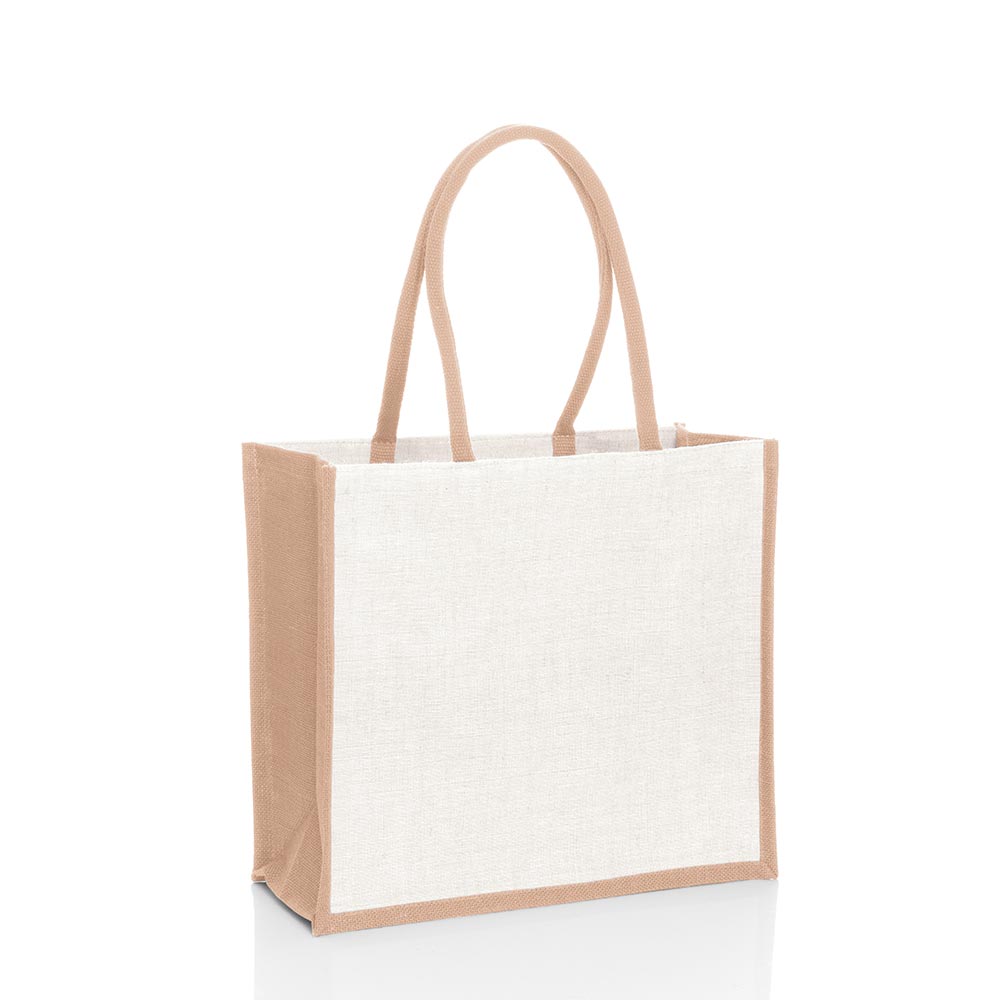
Juco blends combine the strength of jute with the smoothness of cotton. This hybrid material is known for its balance between function and aesthetics.
The Best of Both Worlds
Juco solves the texture issue of pure jute by adding cotton. It keeps jute’s sustainability advantages while offering a cleaner, more refined appearance. Many manufacturers use eco-friendly dyes with juco, adding another green layer.
Juco’s Versatility and Market Position
| Feature | Details |
|---|---|
| Texture | Smoother than jute, more natural than cotton |
| Dyeing | Often uses water-based, eco-friendly dyes |
| Strength | Higher tensile strength than cotton or jute alone |
| Sustainability Blend | Combines two biodegradable fibers |
Juco is popular among fashion-forward and eco-conscious brands. It supports intricate printing and design while staying environmentally responsible. It does, however, cost more than basic jute or cotton.
Conclusion
Each of these five canvas bag materials—organic cotton, recycled canvas, jute, RPET, and juco—offers a unique blend of sustainability, durability, and appeal. As a manufacturer, I’ve seen increasing demand for blends like juco and RPET, especially from large chains seeking both design flexibility and eco-certification.
If you're sourcing eco-friendly bags, choose based on your market's need: rustic appeal, brand storytelling, price sensitivity, or premium finishes. Let us know your preferred material in the comments.
-
Explore the benefits of organic cotton, a leading sustainable material, to understand its impact on eco-friendly products and consumer choices. ↩
-
Learn how recycled canvas supports sustainability in fashion by reducing waste and promoting circular economy practices. ↩
-
Discover how RPET transforms plastic waste into durable materials, playing a crucial role in reducing environmental pollution. ↩




